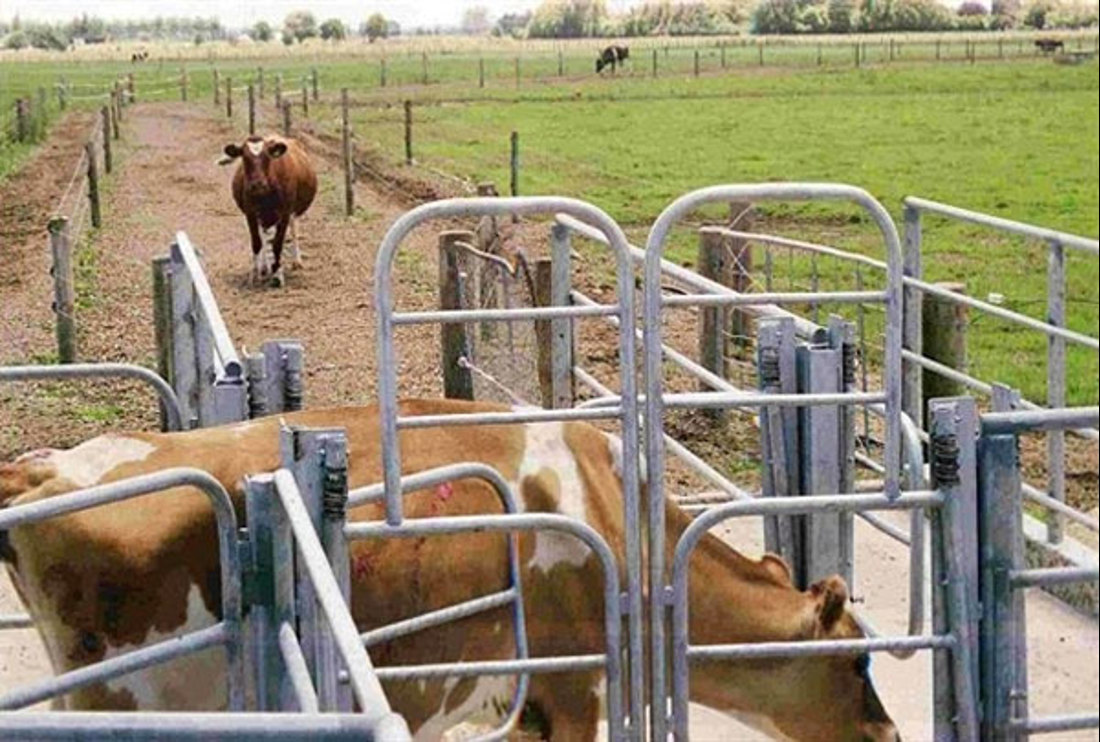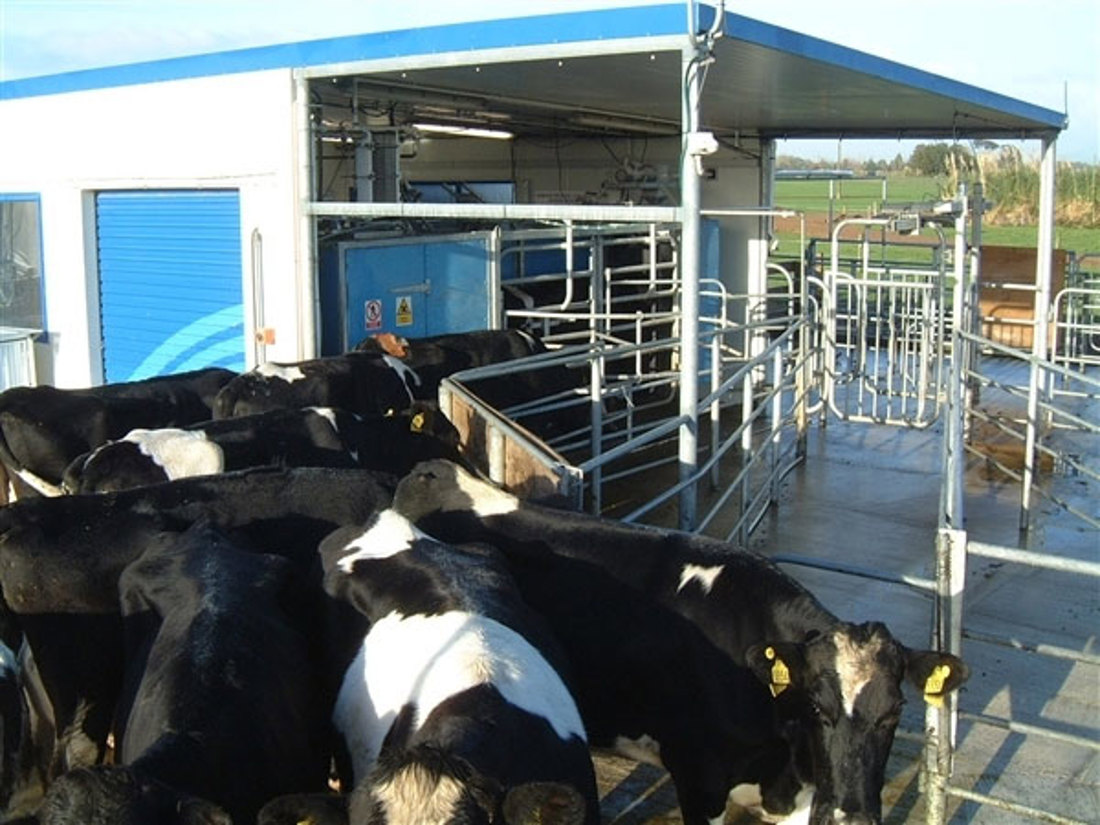Greenfield Project
4 min read
In 2001, the DairyNZ Greenfield Project was established with the audacious goal of turning milking into a background activity on dairy farms. The approach was to develop alternative farm layouts that incorporated internationally developed automatic milking technology and take advantage of the considerable behavioural abilities of cows.
The objective was to develop a farming system that reduced the requirement for physical labour and increased the farms productive potential.
Within the development of wider farm automation, opportunities for productivity gains through automation of other tasks including monitoring milk quality and animal health, fencing, reproduction and herd testing were also researched.
This project proved that automated milking can be successful within a New Zealand pastoral system but significant restraints remain in capital and operating costs.


August: The first commercial farm using Lely A3 automatic milking systems is commissioned in Ashburton by Carr Agricultural Group (Stradbrook Robotic Dairy)
September: A second commercial farm also using Lely A3 robots is launched in Winton, Southland (Overgaauw Robotic Dairy Farm)
November: DairyNZ announces the closure of the Greenfield site.
April: 'SMARTY' - an independent pastoral cow traffic control system with the potential to integrate with any brand of robot, goes live.
May: Greenfield farm achieves production equivalent to best practice conventional System 2 farms.
July: A farm systems comparison trial with two independent farmlets, each operated with a dedicated robot commences.
June: Sensortec Ltd launches “Cellsense®”, the first commercial on-line somatic cell count sensor, developed at the Greenfield site.
July: A provisional patent is filed (Method, system and/or apparatus for selecting cows).
October: FRST funding ends; subsequent proposals are unsuccessful.
June: Herd size is increased to 180, and the herd is moved to seasonal calving.
September: 'Bruce', the on-farm fractionation robot, is commissioned and a world-first prototype system for extracting high-value proteins from milk online is achieved (collaboration with the University of Waikato and Sensortec, supported by AGMARDT and FRST).
February: RMS (Robotic Milking Systems) Ltd is launched - a joint venture company to provide extension and support for commercial adopters of automatic milking.
June: RMS Ltd is awarded Best Site at Mystery Creek National Field Days.
July: The Greenfield Team is presented with the New Zealand Society of Animal Production Innovation Award.
September: A spectrometer is attached to the milking robot and is used to achieve the first online measure of milk composition (in collaboration with University of Waikato and Sensortec).
January: An International Patent is granted (Selection system and method for milking animals, AO 03/000044 A1).
September: A second robot is commissioned. The dairy is expanded to accommodate offices, labs and visitor seminar room. Herd size is increased to 145 and the milking platform to 43ha.
October: Visit by President Hu Jintao of the People’s Republic of China and Prime Minister of New Zealand, Helen Clark.
May: The first remote cow selection unit is commissioned.
September: FRST (Foundation for Research, Science and Technology) agrees to fund $570k/yr for 4 years; Dairy InSight matches funding.
November: The herd expands to 80 cows, and the milking platform expands to 23ha.
January: A joint venture partnership is established between Dexcel Ltd and Sensortec.
February: Number 4 Grazing Unit is chosen as the site of the new research farm.
May: The project is branded 'Greenfield Project'.
June: The first robot is commissioned and the first fully automatic milking system in New Zealand begins milking cows.
October: The herd expands to 40 cows.
March: Dairy Research Corporation (fore-runner to Dexcel and DairyNZ) announces its latest Big Hairy Audacious Goal (BHAG) of "Completely automating milking on New Zealand Dairy Farms".
April: The Waikato Automatic Milking Farmer Group is formed. AGMARDT grants $170k of seed funding and the Dairy Board Global Program approves $100k in co-funding. DRC agree to contribute cows and land to the value of $257k.
December: The project team is established, comprising the late Murray Woolford, Kevin Bright, Peter Copeman, an international collaborator Ian Ohnstad (UK) and a newly appointed scientist, Jenny Jago.


Now’s the perfect time to check in, plan, and set up for a strong season. We’ve pulled together smart tips and tools to help you stay ahead all winter long.
Whether you prefer to read, listen, or download handy guides, we’ve got you covered with trusted tools to support your journey every step of the way.
Put our proven strategies and seasonal tools to work. Boost production, support animal health and watch your profits hum.
Tools that are backed by science, shaped by farmers and made for this season.
That’s Summer Smarts.